(NLDO) - Another surprising similarity to Earth has been found on Titan, the world described by NASA as "the second Earth".
A research team led by the Massachusetts Institute of Technology (MIT - USA) has just discovered important evidence showing that large lakes and seas on the moon Titan may have been formed by waves, just like what happens on Earth.
Titan is Saturn's largest natural satellite, even larger than Mercury and one and a half times larger than our planet's moon.
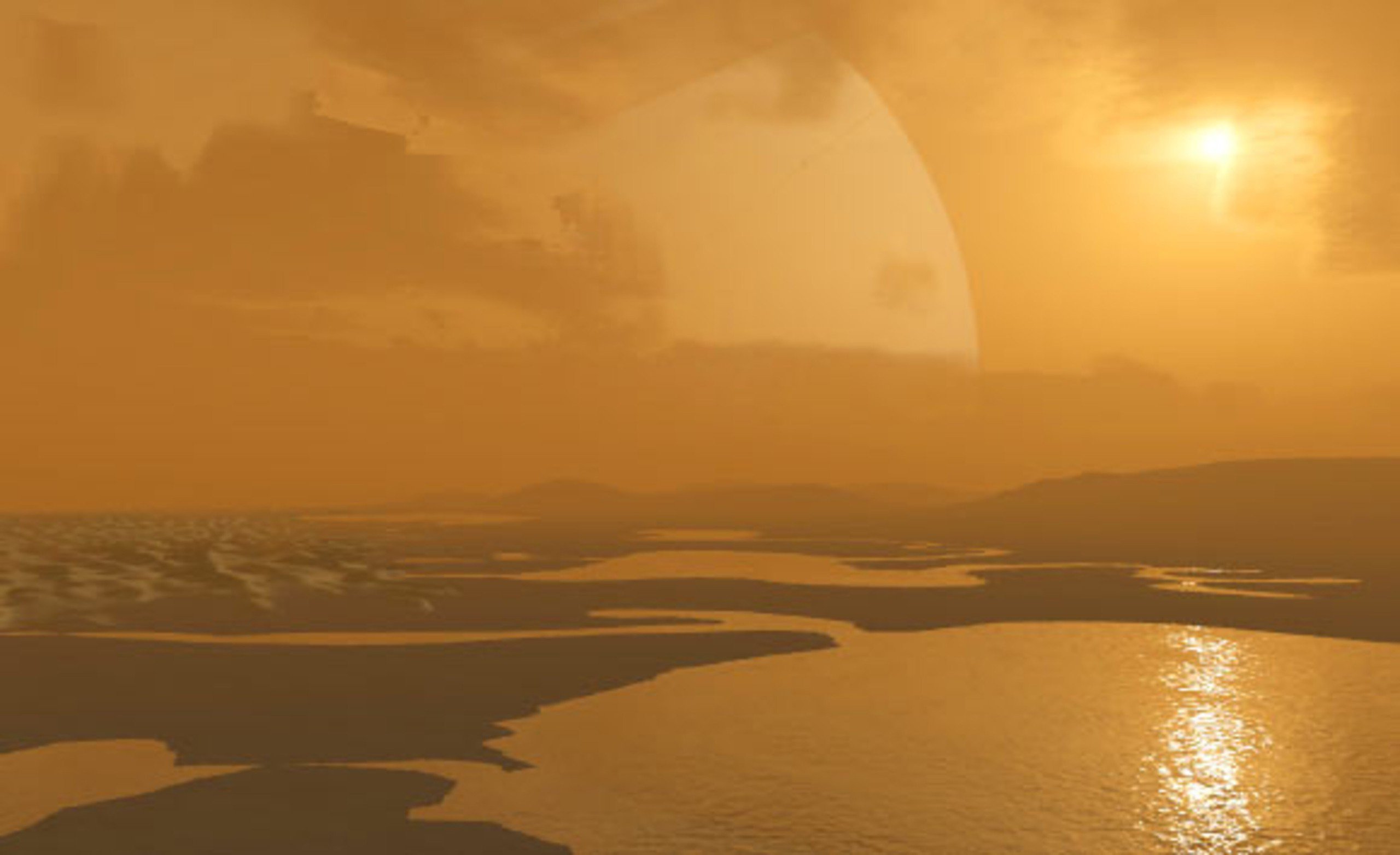
A "swamp" on Titan, the world with the most Earth-like surface - Graphic image: NASA
In recent years, Titan has received special attention from the National Aeronautics and Space Administration (NASA) because images sent back by the Cassini spacecraft show that the surface of this world has mountains, rivers, lakes, seas... no different from Earth.
In a study recently published in the scientific journal Science Advances , American scientists created simulations to compare Titan's lakes and seas with similar structures on Earth.
Titan's deep lakes and seas are thought to have formed when rising liquid levels flooded a landmass of sprawling river valleys.
The researchers focused on three possible scenarios: No coastal erosion, wave erosion, and uniform erosion.
Uniform erosion is a phenomenon driven by dissolution, in which fluids passively dissolve shoreline material, or a mechanism in which a shoreline gradually peels away under its own weight.
Erosion will cause lakeshores and beaches to lose their original shape, creating very distinctive shorelines.
All simulations show that Titan exhibits both wave-induced and uniform erosion.
That helps prove that ocean waves really do exist on Titan, a matter that has been controversial for years.
Because there are waves, there are strong winds. Observing wave erosion, scientists can infer how the winds blow on this moon, and thus understand its climate.
Sci-News quoted Dr. Rose Palermo, a geologist at the US Geological Survey and a member of the research team, as saying that the discoveries on Titan also help humanity understand more about the Earth itself.
This is how coastlines erode without human intervention. Understanding this could help us better manage the world's coastlines in the future.
In addition, understanding more about Titan's climate also brings us closer to the potential for life on this planet.
Previous observations from NASA's Cassini spacecraft not only showed that Titan looks similar to Earth, but also has signs of organic material.
Although the frigid surface world, with its seas and lakes of liquid methane rather than water, would be difficult for life to survive, Titan has a subsurface ocean that NASA believes could be habitable.
What happens on the celestial surface certainly has an impact on this underworld.
Source: https://nld.com.vn/phat-hien-gay-soc-o-the-gioi-giong-trai-dat-nhat-196240623095324457.htm








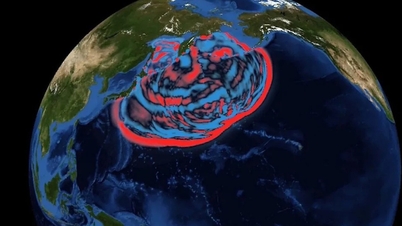

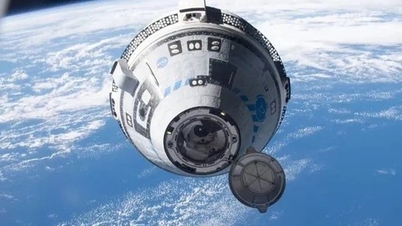
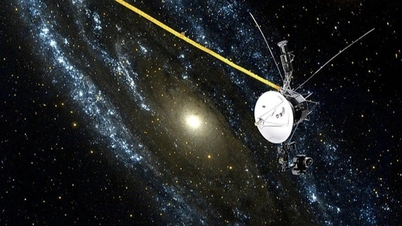

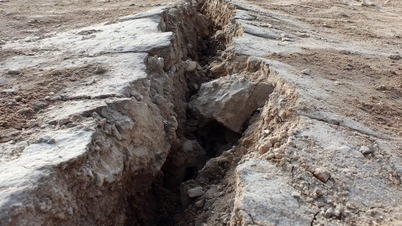
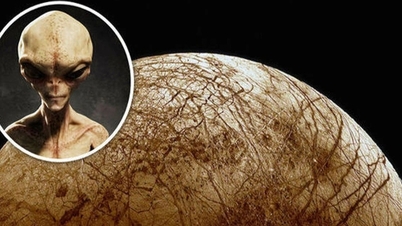











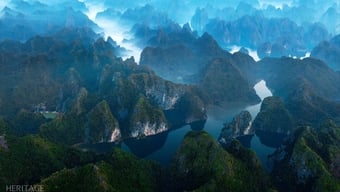























































































Comment (0)